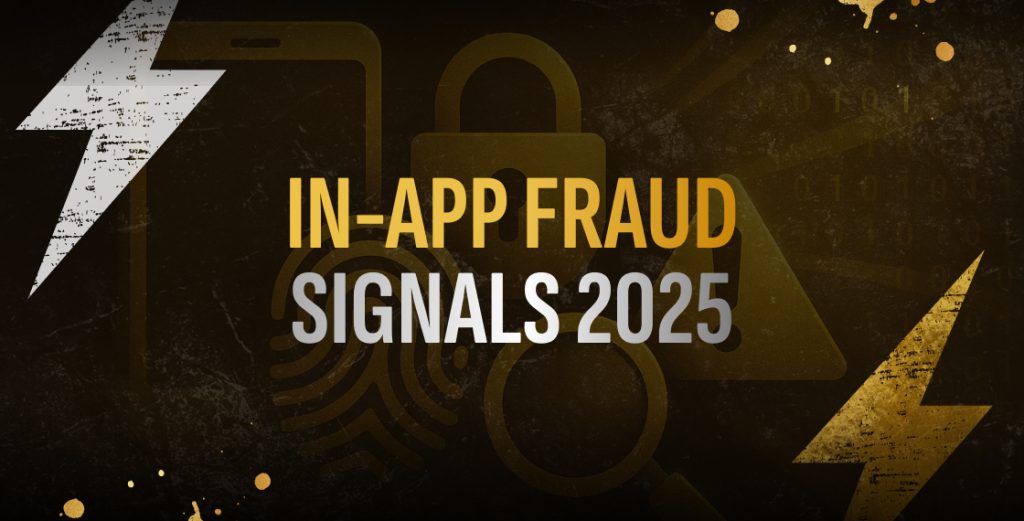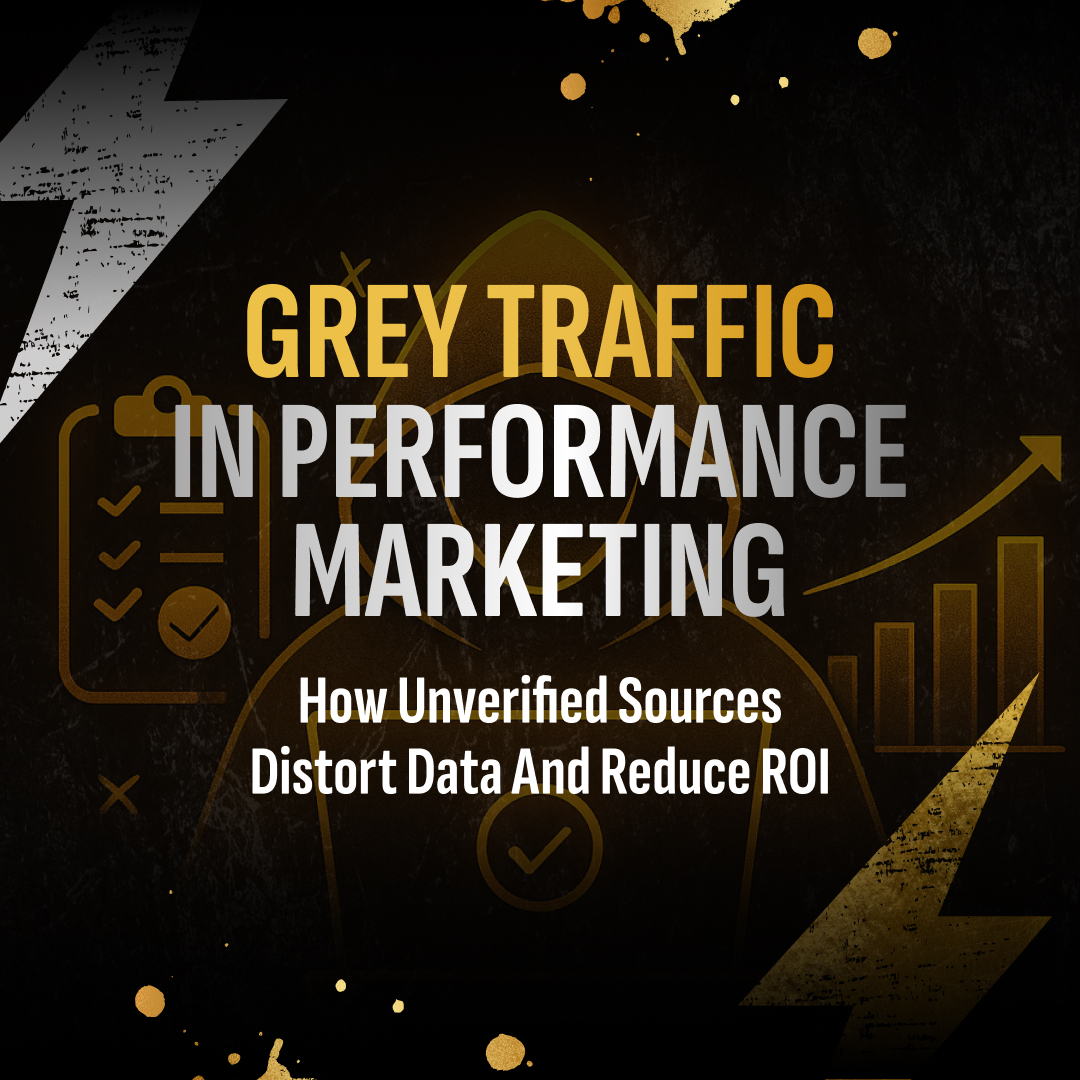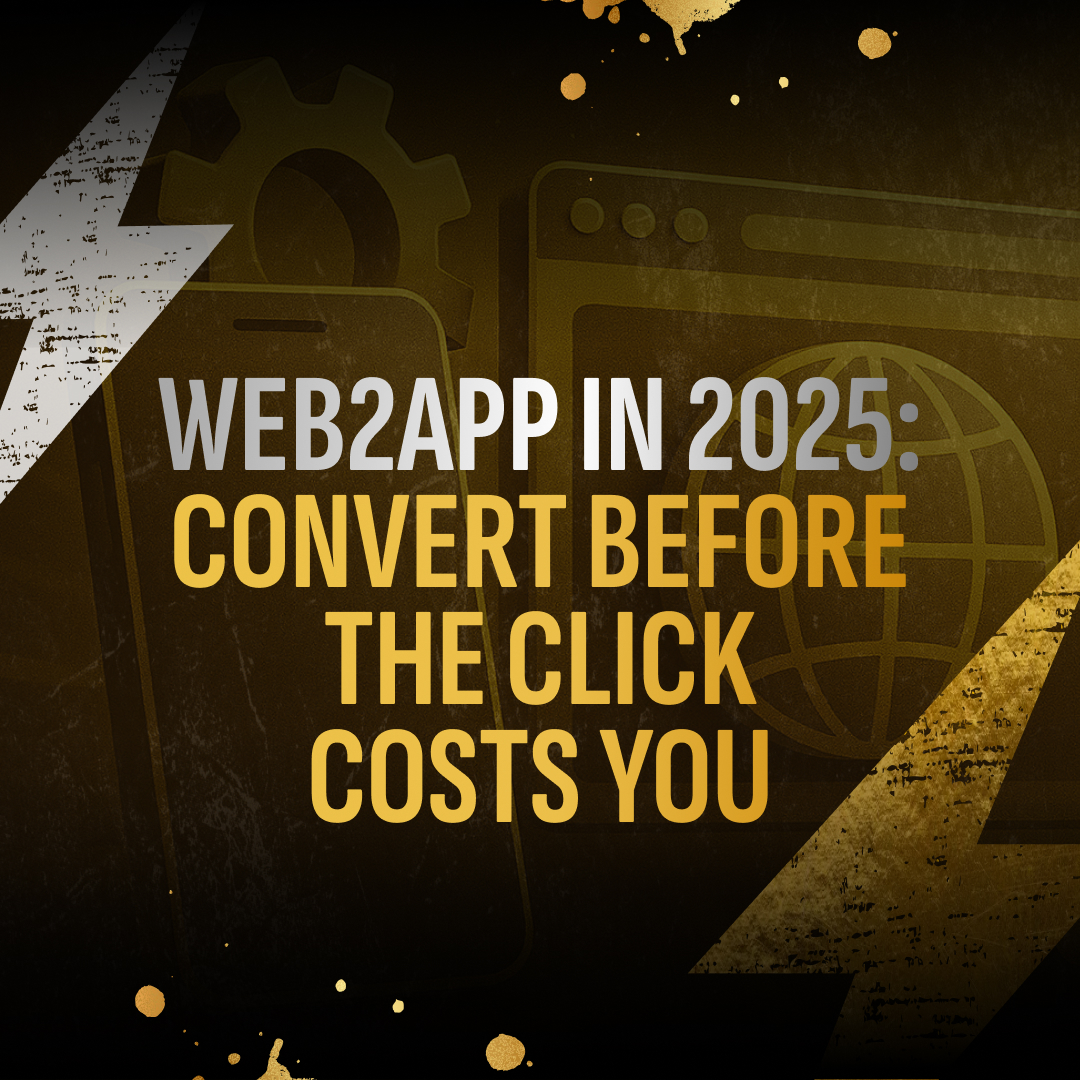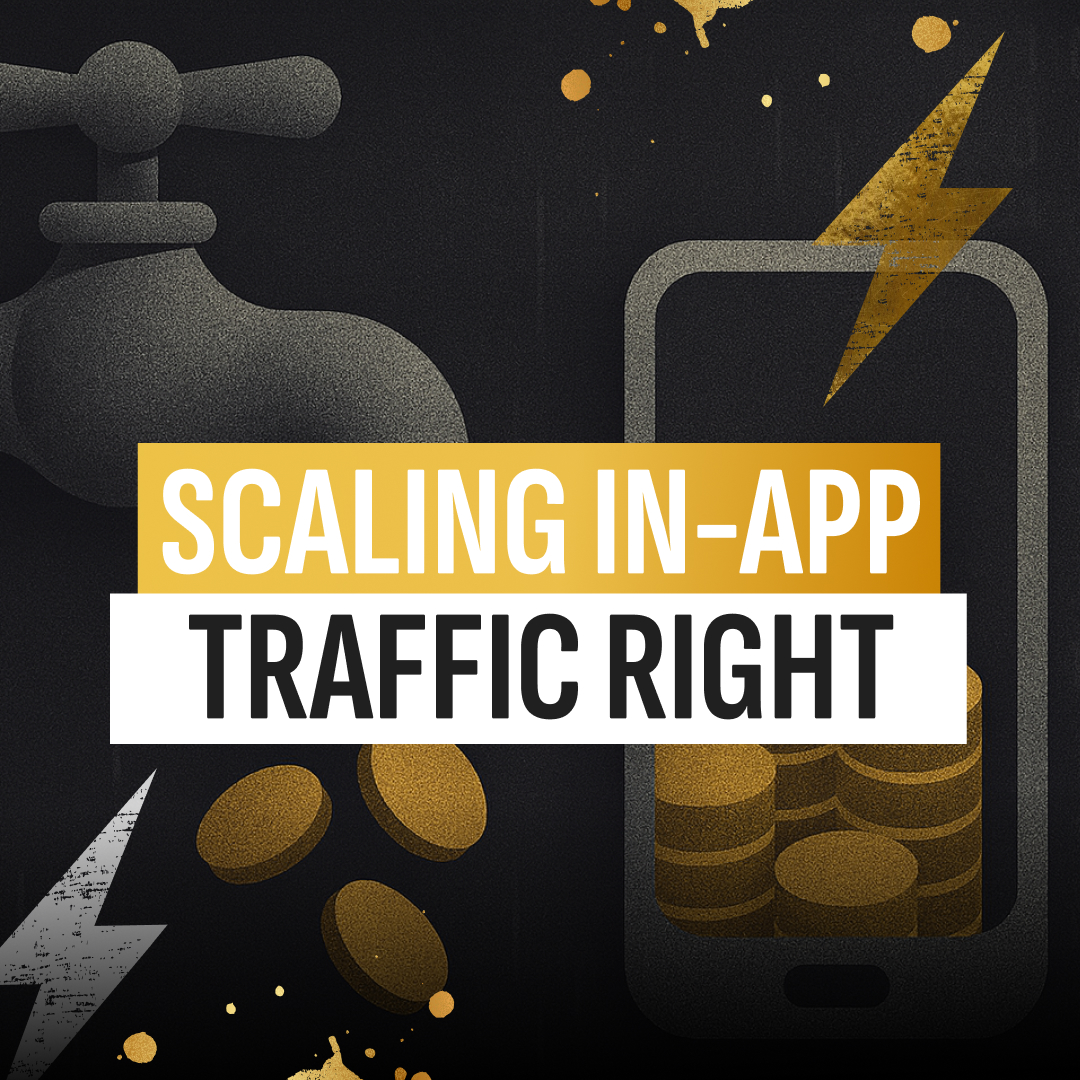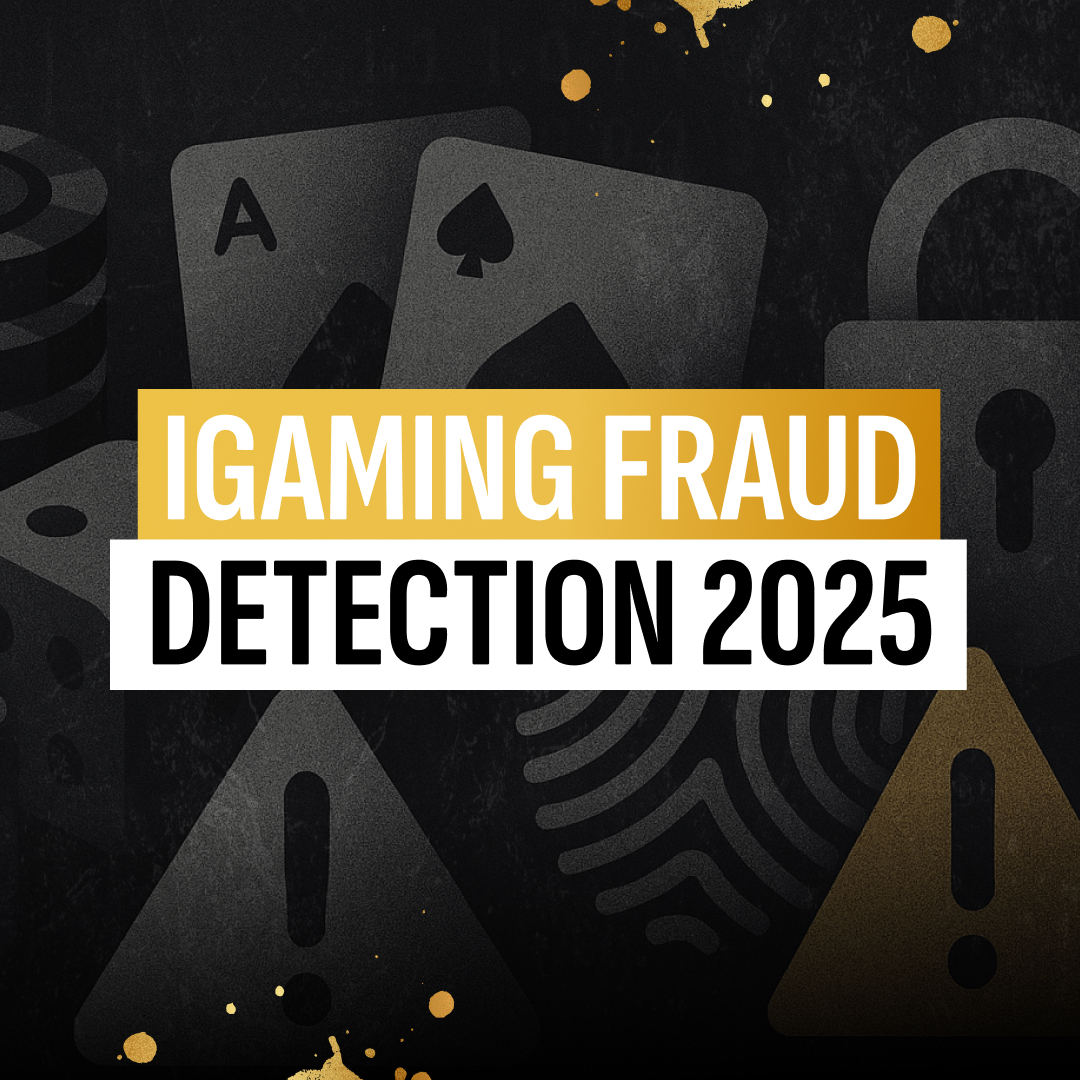In-app traffic remains one of the strongest drivers of performance in mobile user acquisition. But behind the installs, impressions, and clean postbacks, fraud tactics are evolving fast — draining budgets and distorting strategy.
At RockApp, we work across iGaming and e-commerce verticals, optimizing for both scale and signal quality. Our updated fraud checklist helps media buyers identify the most critical early-warning signs of suspicious traffic and take action before results slip.
CTIT: Click-to-Install Time That Reveals Real Quality
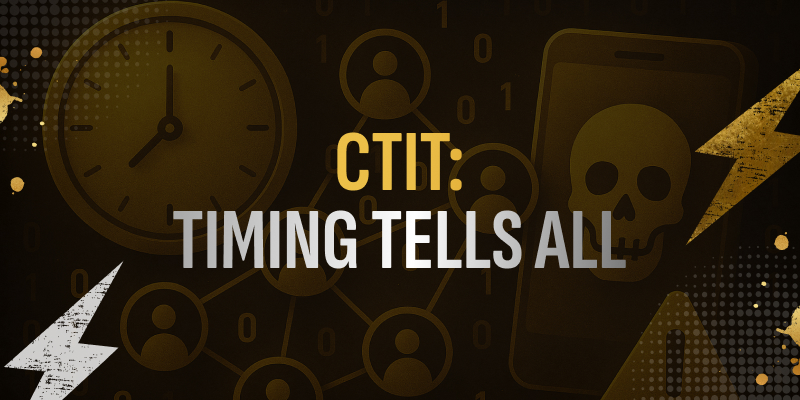
CTIT (Click-to-Install Time) is one of the most reliable signals for diagnosing click injection or hijacking.
Healthy range: 6–30 seconds
Risk zones:
-
<5 sec = likely click spamming
-
3 min = delayed injection / SDK manipulation
In clean traffic, CTIT clusters naturally. In fraud scenarios, distribution curves flatten or spike at extreme ends. We track these clusters daily by source.
IPM: Don’t Just Track Volume — Watch for Spikes
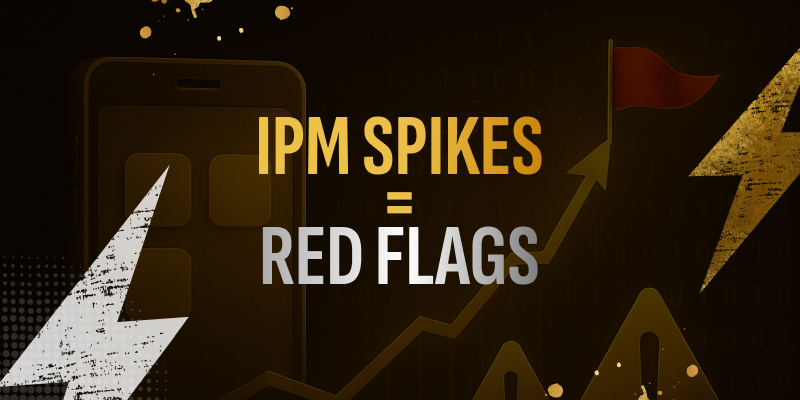
IPM (Installs per Mille impressions) is a proxy for creative performance - but also for creative abuse.
📍 Clean IPM range: 0.8–1.5 for most iGaming verticals
📍 Red flags:
-
Sudden spikes to 4+ without creative change
-
Repeating spike patterns across multiple GEOs
IPM without context is noise. We layer IPM with creative IDs, device logs, and funnel data to validate performance.
Retention Drop-Offs
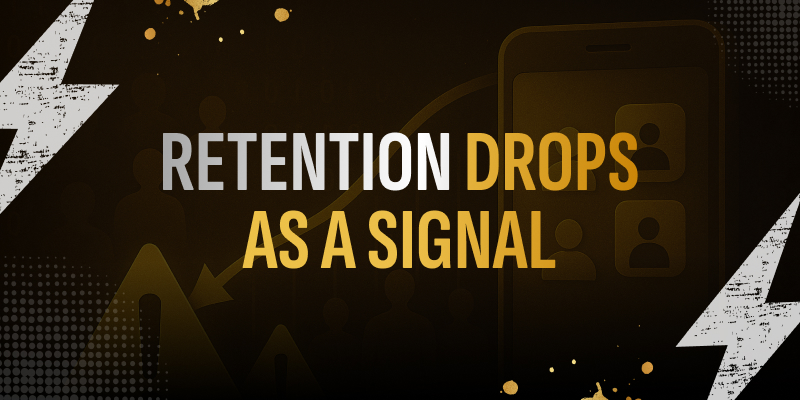
Early retention signals (D1, D3) can uncover disguised fraud or inflated acquisition.
Clean D1 retention: 25–40% depending on app type
Low-quality D1: under 15%, with no reg/deposit activity
When retention crashes but CPA holds steady, it often signals automated installs or mismatched traffic sources.
CTOR and Click Patterns in Creatives

Some fraud operations simulate impressions and clicks using real creatives. That’s why CTOR (Click-To-Open Rate) and click heatmaps must be analyzed across:
-
Device models
-
App versions
-
GEOs
Signals to track:
-
Repeated click coordinates
-
Uniform device models
-
Unrealistic click ratios vs. impression volume
We use this data to segment traffic quality by creative asset, not just by partner ID.
Missing or Delayed Postbacks

Reliable postbacks are the backbone of performance tracking. In fraudulent setups, postbacks are often delayed, spoofed, or duplicated.
Track in real time:
-
Delay between install and postback
-
Consistency in session ID structure
-
Frequency of duplicated installs per device
This is where anti-fraud monitoring systems matter - but they only work when properly integrated and manually reviewed.
Final Takeaway
Antifraud is not a feature - it's a discipline. One that requires daily diagnostics, transparent feedback loops, and tight coordination between buying and analytics teams.
At RockApp, we scale only when the traffic proves clean. Our systems flag fraud early, segment fast, and optimize for value - not volume.
The better the filters, the stronger the results.




